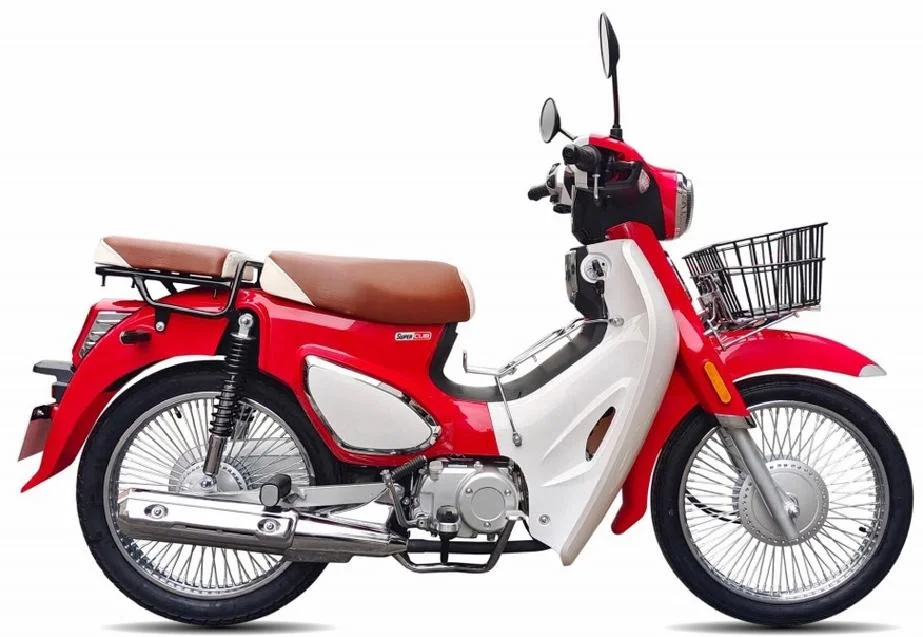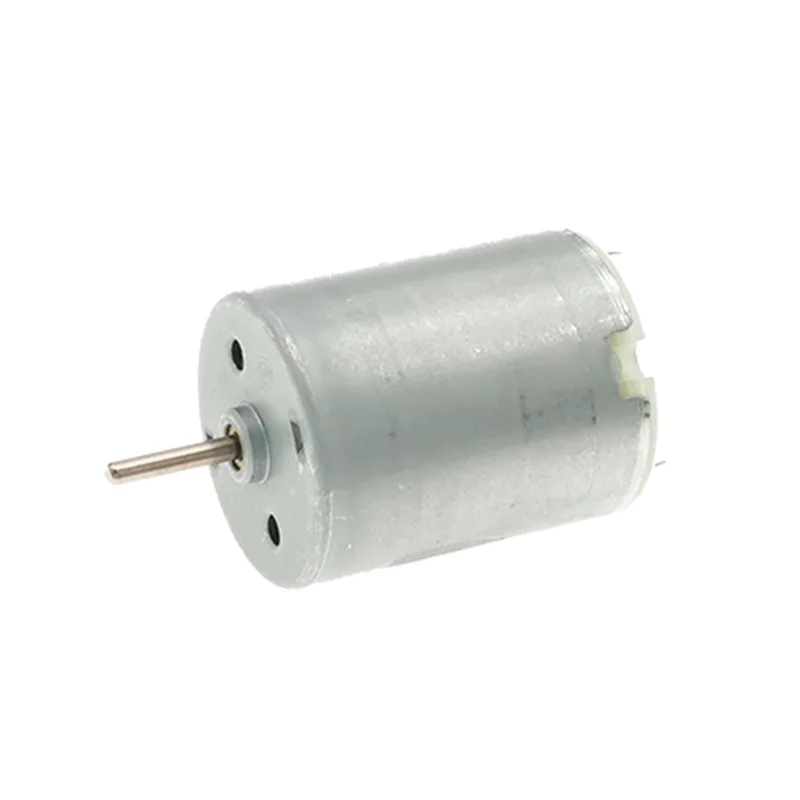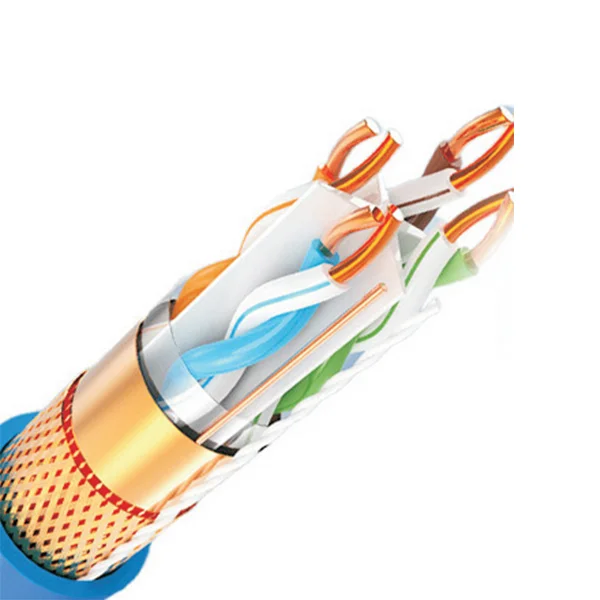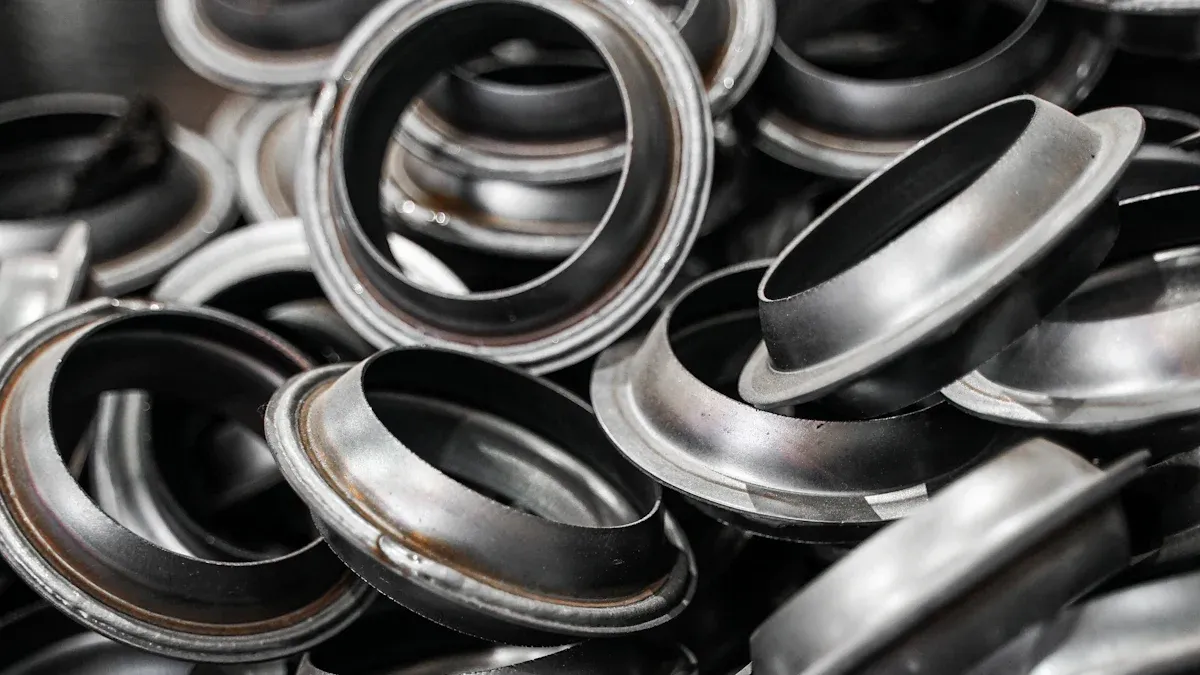
Choosing the right bearing steel tube for machines is hard. You must pick steel that fits what you need. This helps your bearing work well. If you choose carefully, your equipment can handle heavy loads. It can also run fast and work in tough places.
-
Matching bearing and steel properties to your needs:
-
Stops early problems and lowers heat. This helps machines work better.
-
Makes things more accurate and steady. This helps with precision and doing the same thing every time.
-
Makes bearings last longer and means less fixing.
You should follow strict rules and check quality. This helps you get the best from your bearing steel tube.
Key Takeaways
-
Pick bearing steel tubes that fit your machine’s load, speed, and where it works. This helps the machine last longer and run smoothly.
-
Choose the right steel grade and exact size. This makes the bearings stronger, last longer, and fit better.
-
Look at the surface and hardness closely. This lowers friction, keeps oil in, and stops early damage.
-
Always check certifications, test results, and if the supplier is trustworthy. This helps you get good steel tubes that meet the rules.
-
Think about both cost and how well it works. Pick bearings that match what you really need. Do not pick cheap ones that might break and cost more later.
Application Needs

Load and Speed
You must match the bearing steel tube to your machine’s load capacity and speed of operation. If you choose the wrong steel, your bearing may fail early. High load capacity means the bearing can handle heavy weights without bending or breaking. When you select mechanical steel tubes, check the load rating. Some steel tube sizes work better for heavy loads, while others fit lighter tasks. Precision in the steel tube helps your bearing run smoothly at high speeds. If you use the wrong steel tube sizes, you may see more friction and heat. This can lower the life of your bearing. Always check the load capacity and speed limits for each steel tube type before you decide.
Environment
The place where you use your bearing steel tube matters a lot. Temperature changes can affect steel strength and corrosion resistance. High humidity and moisture can cause rust and weaken the steel. You may see problems like:
-
Corrosion on bearing surfaces, which increases friction and heat.
-
Pitting from moisture, leading to vibration and noise.
-
Rust in marine or food processing areas, especially with saltwater or chemicals.
You can use corrosion-resistant coatings or special steel tube sizes for harsh environments. Mechanical steel tubes with protective layers last longer in tough places. Always match your bearing steel tube to your application requirements.
Dimensions
Precision in steel tube sizes is key for high-precision applications. You need the right outer diameter and wall thickness for your bearing to fit and work well. Mechanical steel tubes come in many sizes, so you can pick what fits your machine. If you use the wrong size, your bearing may not support the load capacity you need. Always measure carefully and choose steel tubing that meets your exact needs. This helps your bearing last longer and work better.
Bearing Steel Tube Selection Criteria
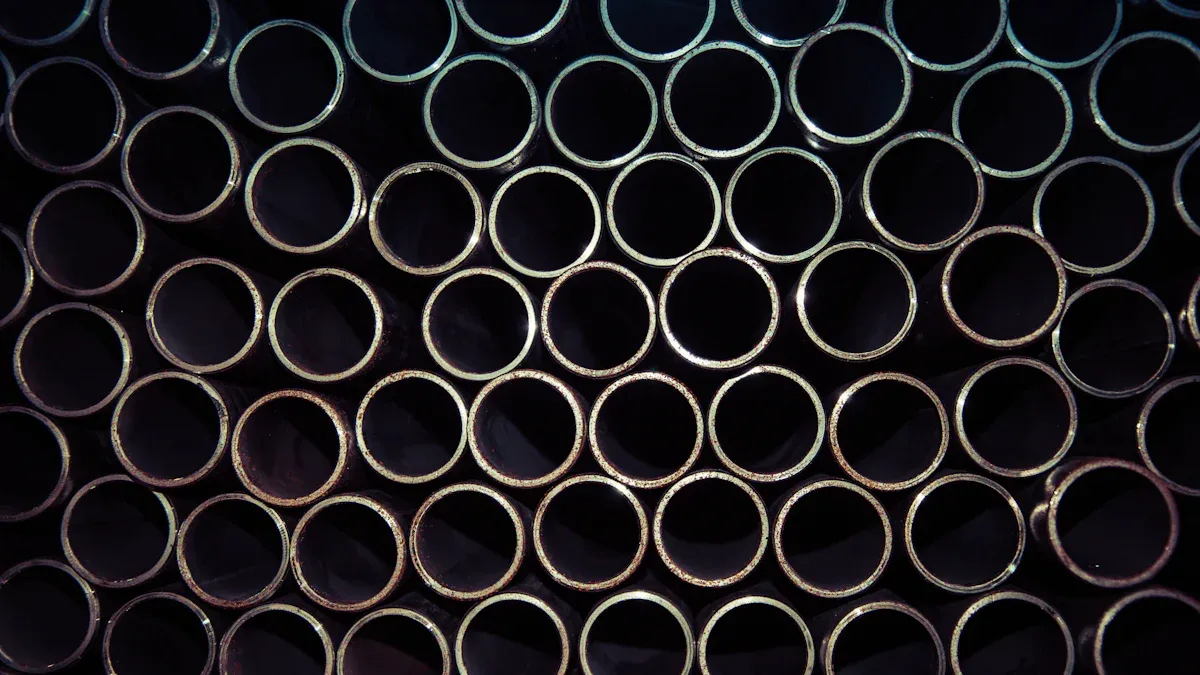
Material Grades
You must pick the right material grade for your bearing steel tube. The grade you choose changes how strong and tough your bearing is. It also affects how long it lasts. Here are some common steel grades used in factories:
-
GCr15 (also called SAE 52100 or 100Cr6): This grade is very popular for precision steel tubes. It has high wear resistance and strong contact fatigue strength. It also keeps its shape well. You can trust it for good corrosion resistance and a long life.
-
GCr6: This grade is easier to shape and has better wear resistance than regular carbon tool steel. It works well for parts that need easy shaping and medium strength.
-
GCr9: This grade is even tougher and harder than GCr6. It is good for parts that face more friction and need to last longer.
-
GCr15SiMn: This grade is best for thick-walled, hard, and high-wear uses. It has very high wear resistance and hardenability.
You will often see ASTM 52100, 100Cr6, and SUJ2 together. These grades have similar features and are used a lot for precision steel tubes in bearings. DIN 17230 sets rules for these grades. It helps you get steady quality and good performance.
Tip: Always check the steel grade before you choose. The right grade helps your bearing handle heavy loads, fast speeds, and tough places.
|
Property / Grade |
100Cr6 |
GCr15 |
52100 |
|---|---|---|---|
|
Good, stable tempering |
Similar to 52100 |
Superior, high impact |
|
|
Wear Resistance |
Moderate |
Moderate |
Superior |
|
Compressive Strength |
Moderate |
Moderate |
High |
|
Heat Treatment |
Less deformation |
Similar to 100Cr6 |
|
|
Carbide Distribution |
Uniform |
Uniform |
Enhanced by chromium |
Match the steel grade to your job. For heavy loads, fast speeds, or lots of wear, 52100 or GCr15 are the best choices.
Dimensional Precision
Precision is important when picking bearing steel tubes. Tight tolerances in size help your bearing fit well and work smoothly. Precision steel tubes are made to exact sizes. This stops problems like vibration, noise, or early failure.
-
Precision steel tubes come in many sizes. You can find outer diameters from 25 mm to 194 mm. Wall thicknesses go from 3.5 mm to 30 mm.
-
DIN 17230 sets rules for size tolerances. These rules make sure your tubes are round, straight, and have the right wall thickness.
-
Tubes with tight tolerances spread loads better and lower friction. This helps your bearing last longer and work better.
Note: Always measure your parts carefully. Pick tubes that match your machine’s needs for size and strength.
Surface Quality
Surface quality matters a lot for bearing performance and life. You want a surface that is smooth enough to lower friction. But it should not be so smooth that it cannot hold oil.
-
Lower surface roughness helps parts fit better. This lowers wear and helps your bearing steel tube last longer.
-
Working and friction surfaces need smaller roughness than other surfaces.
-
Areas under stress or changing loads should be very smooth. This lowers the chance of damage.
-
Grinding, polishing, and laser finishing can make surfaces smoother and fix defects. These methods help with friction and strength.



